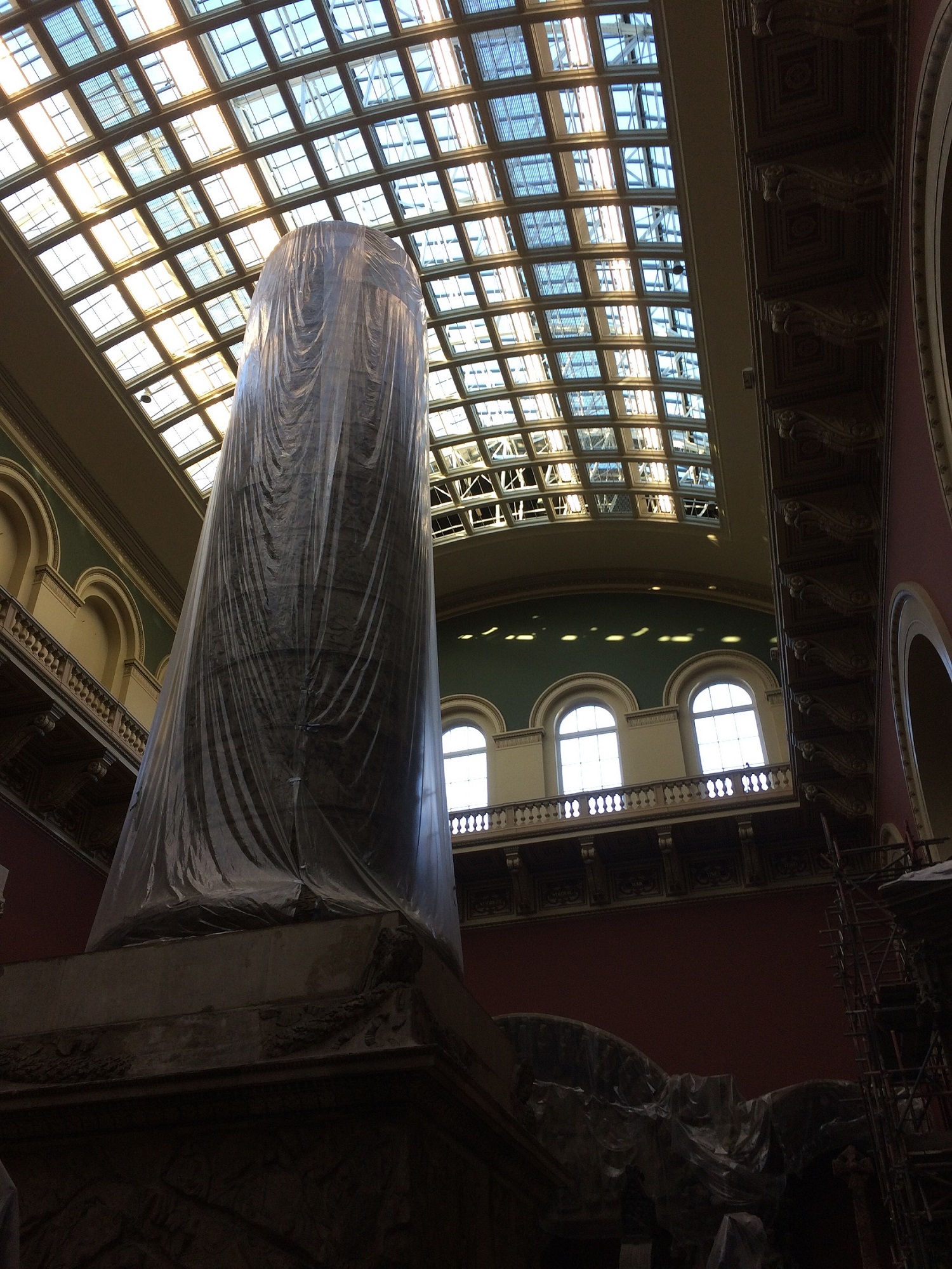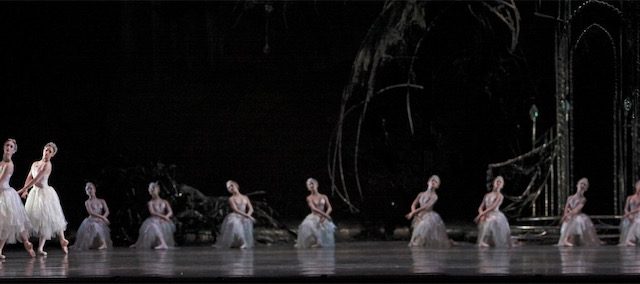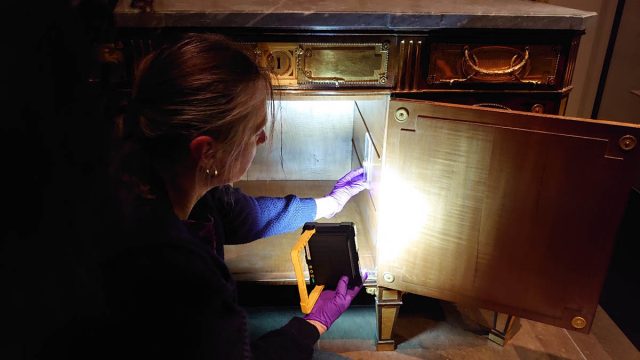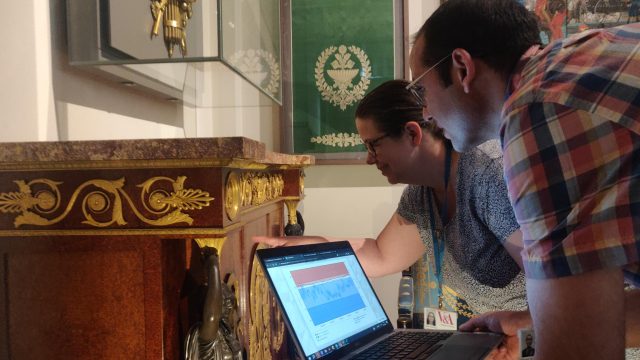The scaffolding in Gallery 46A has now been taken down, and so now once again it’s possible to view the whole gallery and some of the museum’s largest objects. This gallery will remain closed until November 2018, but can still be viewed from the balcony level in Gallery 111.

Overall the scaffolding took three months to strike, and in the next few weeks there will be a blog post interviewing the team from Coventry about this highly specialist and complicated work. There are some small areas where scaffolding has been left in order to facilitate conservation work, and to enable technicians to install objects higher up in the gallery. Trajan’s Column (REPRO.1864-128), the Portico de la Gloria (REPRO.1866-50), and the Tabernacle (REPRO.1876-104), amongst others, have also been covered in plastic sheeting to avoid any dust gathering on these objects before conservation is complete and the gallery re-opens.
Now that the scaffolding has gone, work can commence on preparing the rest of the gallery for opening in a year’s time. Conservators have moved onto working on smaller objects in the studio, and have been assessing the conservation requirements of objects nearer ground level in the gallery space. Technicians are busy preparing new mounts for various casts, and display lighting is currently being completed. Curatorial and interpretation staff are finalising label texts, and the protective flooring has been lifted to enable areas of the floor to be re-painted.

Work is now also beginning on preparing Gallery 46 to become the new Cast Courts Interpretation Gallery, which will also open in November 2017. This space in between the two cast courts is currently being used as a sculpture store, and houses a number of casts and equipment for the project. Extra small areas of hoarding are currently being built in Gallery 46B, and this will enable building work, re-decoration, and lighting installation to begin in haste in the New Year!
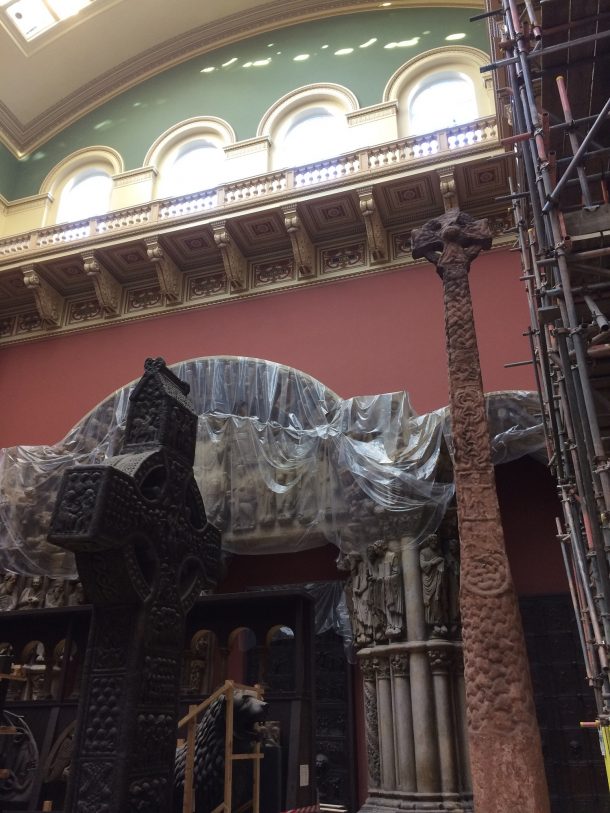
In the meantime last Friday the museum hosted an exciting conference entitled ‘ReACH: Towards a New Convention on Digital Reproductions’. This global research programme will explore the digital reproduction of cultural heritage, and will involve a revision of Henry Cole’s original convention on the reproduction of works of art written in 1857. On Saturday 9th December there was also a follow-on seminar entitled ‘Culture in Crisis: Practical uses of Digital Reproduction in Heritage Preservation’ which explored how we in the UK can apply this technology in the wider sphere of cultural heritage preservation. For more information please click here.
